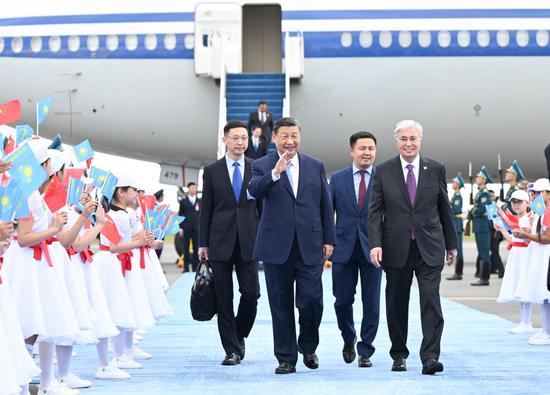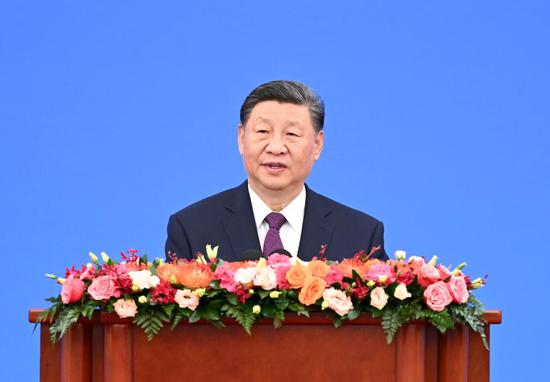Additional policy measures supportive of yuan stability appear to be in the pipeline, to counter the lingering uncertainties of U.S. monetary policy and help the Chinese currency gain a firmer footing against the greenback in the second half of the year, analysts said.
Their comments came after the yuan fell to the weakest level against the U.S. dollar since November in both onshore and offshore trading on Wednesday.
The offshore yuan reached 7.3115 against the U.S. dollar in the morning session on Wednesday, plumbing the key 7.31 mark, while the onshore yuan stood at 7.2734 at 16:30, down 20 basis points from the previous session.
Since the beginning of June, the Chinese currency has constantly felt some pressure against the dollar amid concerns that the U.S. Federal Reserve may postpone interest rate cuts. The dollar index rallied by 1.16 percent in June to 105.84 as of the end of last month, though retreating to 105.63 as of Wednesday afternoon.
Liu Chunsheng, an associate professor at the Central University of Finance and Economics' School of International Trade and Economics, partly attributed the recent yuan weakness to uncertainties in domestic economic recovery.
Looking into the second half, Liu said he expects the yuan to fluctuate against the dollar within a range between 7.1 and 7.3, citing the risk for the Fed to keep key interest rates as high as 5.25 to 5.5 percent longer in the remainder of the year.
Federal Reserve Chair Jerome Powell said on Tuesday that recent data suggest that U.S. inflation is getting back on a downward path, but the Fed still needs more evidence before cutting rates.
To ensure yuan stability, Liu said policymakers may need to take measures such as cutting the foreign exchange reserve requirement ratio, which will boost onshore dollar liquidity, and further improving expectation management.
Liu underlined the need for launching more proactive fiscal and monetary policies to ensure steady economic momentum. "If the economic growth fluctuates too much, it could impact not only the yuan but also the stock and bond markets."
At a meeting last week, the People's Bank of China, the country's central bank, reiterated that it would maintain the overall stability of the yuan exchange rate through comprehensive measures and "resolutely guard against the risk of exchange rate overshooting".
Jerry Chen, analyst at GAIN Capital, said the PBOC's announcement on Monday that it would borrow Chinese treasury bonds from primary dealers, has indicated its policy intention to stabilize the yuan by selling the bonds, which can help prevent Chinese treasury bond yields from declining too fast.
"We think the central bank will continue to handle pressures on the yuan in a moderate manner, releasing policy signals of exchange rate stabilization through the yuan central parity rate. Meanwhile, it may guide market expectations by issuing offshore central bank bills," Chen said.
The Chinese currency has maintained its stability against a basket of key currencies. The CFETS RMB Index, which tracks the yuan exchange rate against a basket of currencies of China's trade partners, reached 100.04 on Friday, up from 99.79 by the end of May.


















































 京公网安备 11010202009201号
京公网安备 11010202009201号